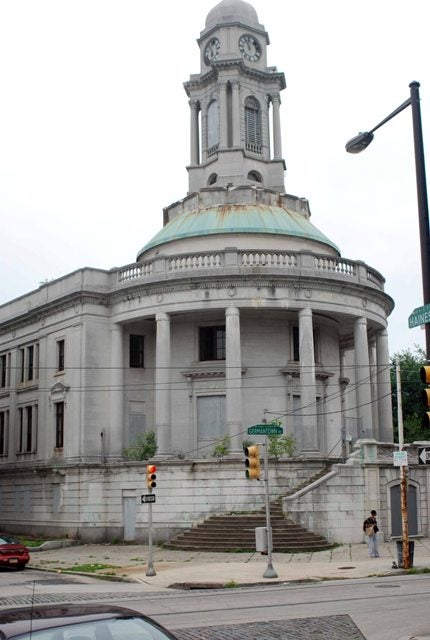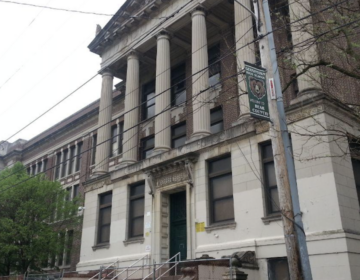Lower court regulation on Act 135 petition is struck down

May 9, 2010
By Alan Jaffe
For PlanPhilly
The Germantown Conservancy won some and lost some in a recent court ruling on its effort to obtain conservatorship over hundreds of deteriorating buildings and vacant lots in Germantown, Mt. Airy and Chestnut Hill.
In a 25-page opinion filed on April 30, the Commonwealth Court affirmed a Philadelphia Common Pleas Court ruling that petitions filed under Act 135, the Abandoned and Blighted Property Conservancy Act, must be limited to one building per petition. The Conservancy had sought to file a single petition for 50 properties, and it currently has a total of 347 properties on its target list.
But the Commonwealth Court struck down as “invalid and unenforceable” a General Court Regulation issued by the Common Pleas Court that would have a required a separate action be filed for each property that contains detailed documentation, including 11 forms of evidence, to support the allegations in the petition.
The Commonwealth Court also ruled invalid the lower court’s requirement that the Conservancy, a non-profit corporation, obtain a Philadelphia Business Privilege Tax license.
Peter J. Wirs, the Conservancy’s co-chair, called the state court rulings a major legal victory. He said the rule of law issued last year by the Common Pleas Court “is now mortally wounded.”
The Conservancy will appeal the “one property per petition” rule to the state Supreme Court civil rules procedural committee, which has the power to suspend it. Wirs anticipates action on the appeal in about two months.
Act 135, which went into effect in Pennsylvania in February 2009, is aimed at properties whose owners have not addressed building code violations and pose a danger to the community. A court-appointed conservator can sell the property if the owner does not correct the violations or satisfy the conservator’s liens.
The Germantown Conservancy was incorporated a few weeks before the act went into effect with the intention of protecting and restoring hundreds of buildings, some of them historic resources, and vacant lots in the 9th, 12th, 22nd and 59th wards. Over half the properties owe a total of $2 million in city real estate taxes, according to the Conservancy. Sixteen percent are the properties of absentee owners, 14 percent are owned by for-profit corporate, partnership or individual owners; 10 percent by the city or SEPTA; 5 percent by religious institutions; and 4 percent by non-profits.
The Conservancy plans to transform the unused and deteriorating housing from apartments into single-family homes and condos and to preserve landmark properties that have been neglected by municipal or private owners. Financing will be sought from the non-profit financial institution, the Reinvestment Fund.
Wirs said the Conservancy intends to bring the properties up to code and then resell them.
He also said the Conservancy will work closely with the City Planning Commission, Redevelopment Authority and Office of Housing and Community Development throughout the process.
Contact the writer at alanjaffe@mac.com
WHYY is your source for fact-based, in-depth journalism and information. As a nonprofit organization, we rely on financial support from readers like you. Please give today.





